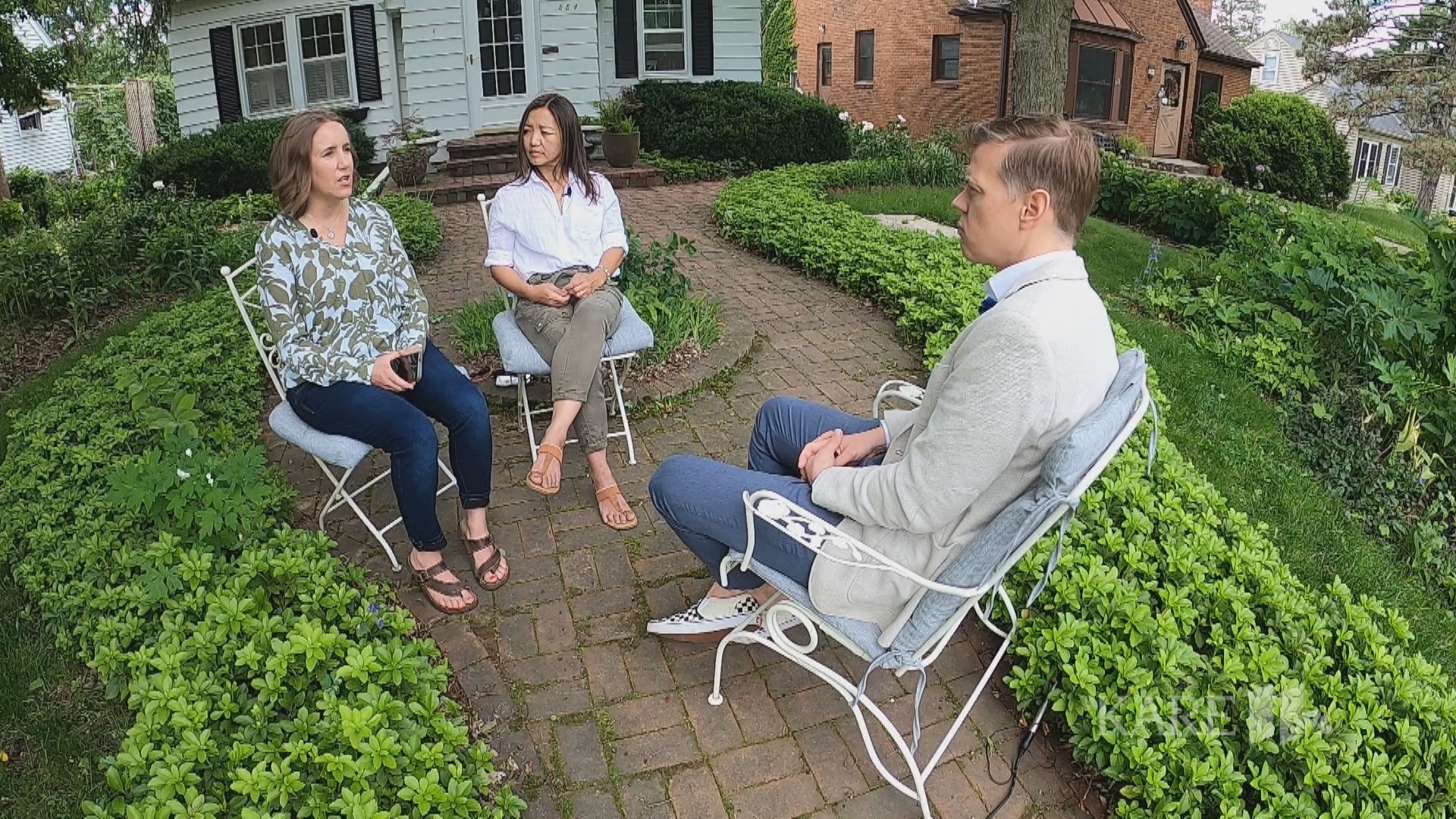ST PAUL, Minn. — For years, the Mapping Prejudice Project at the University of Minnesota has worked to bring attention to a system of racial discrimination that was written into the deeds of homes throughout Hennepin County.
Now, the group is taking it's efforts to Ramsey County.
The project uses interactive maps to show how neighborhoods were shaped by restrictive covenants that banned people of color from buying or renting housing in certain areas.
The practice was outlawed in 1968, but many homeowners still have the covenants buried in their home titles without realizing the ugly history they hide.
"I was very, very surprised. Very shocked and upset by it," said Chong Yang, a homeowner in St Paul's Como Park neighborhood, who discovered a racial covenant in her own title through the Mapping Prejudice Project.
"I'm a Hmong immigrant," she said. "I grew up in East Como near here. We strategically came here wanting to be in a community where people of color were going to be accepted."
What she didn't know at the time, was that the land throughout the neighborhood that she grew up in — and returned to — was off limits to families like hers for decades.
Mapping Prejudice now shows 36 homes in her two-block area that have racial covenants.
"Specifically, it says 'said property should not be sold to, or occupied by, colored people,'" said Lija Greenseid, Yang's neighbor. "To see it in writing and to see it on your own home makes my heart sink a little bit. It makes me feel sad and angry at the same time. Knowing that my house and my neighborhood, that I love so much, would have been restricted to people who would have loved to live here."
According to Mapping Prejudice, the newly released maps are just the beginning of the conversation.
"We know that we're missing a lot of covenants in Ramsey County and we still have more to find," said Michael Corey, Technical and Data Lead for the Mapping Prejudice Project.
That even includes the Como Park area, where covenants already appear to be well documented.
"The current maps look like there's a checkerboard pattern here," said Kirsten Delegard, Director of the Mapping Prejudice Project. "But we know, for certain, based on other sources — specifically newspaper ads — that this whole area was covered by racial covenants."
Delegard says the newspaper ads, placed by developer Thomas Frankson around 1920, show how racial covenants were used as a marketing tactic.
"He tied these racially restricted areas to the development of this park that we're sitting in right now, Como Park," she said. "For years, we've talked about how the Twin Cities have some of the highest racial disparities in the country. We can't tackle those challenges, we can't even understand those challenges, until we can acknowledge the practices and policies that got us to this place."
That history may be unsettling to uncover, but Yang says it can also be empowering.
Yang: "There's a part of me that's a little bit... smug. I'm a person of color and I'm living in a home that had a racial covenant."
Kent Erdahl: "Do you believe you would have moved here, had you known that?"
Yang: "I think I would have been a little more stronger in my conviction to want to get into the neighborhood, because I think we have to counter history. I do. I don't think it would have kept me away. Let's just undo it. Talking to you. Purchasing the homes and disavowing the covenants, I think we should do that."
If homeowners are interested in discharging racially restrictive covenants discovered in their own home titles, they can reach out to JustDeeds.org. The non-profit coalition is also expanding to Ramsey County and offering services to help help homeowners find and discharge their covenants.
Watch more Breaking The News:
Watch all of the latest stories from Breaking The News in our YouTube playlist:

